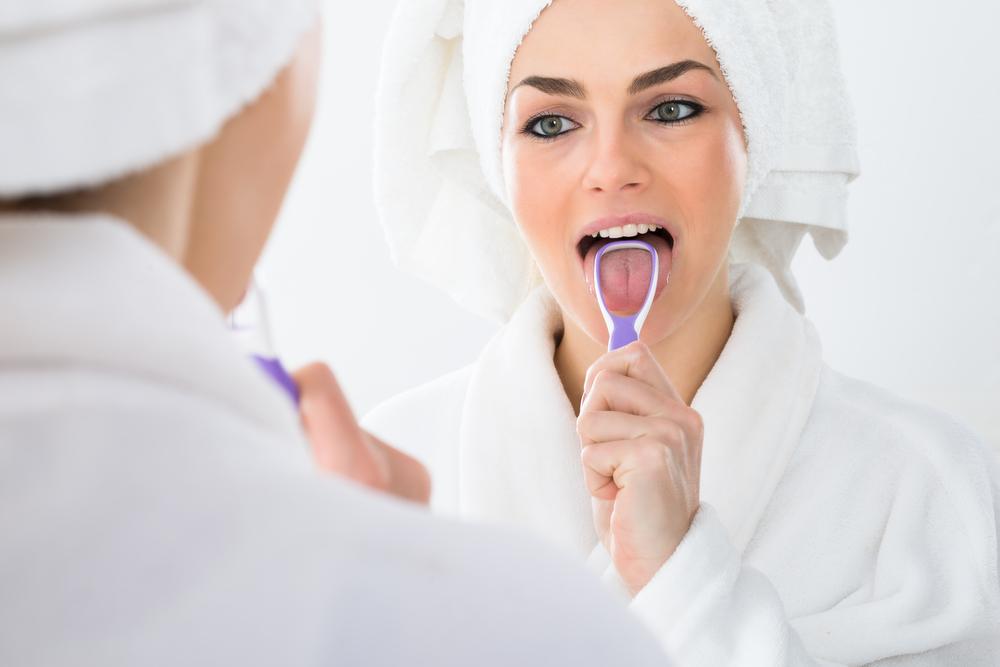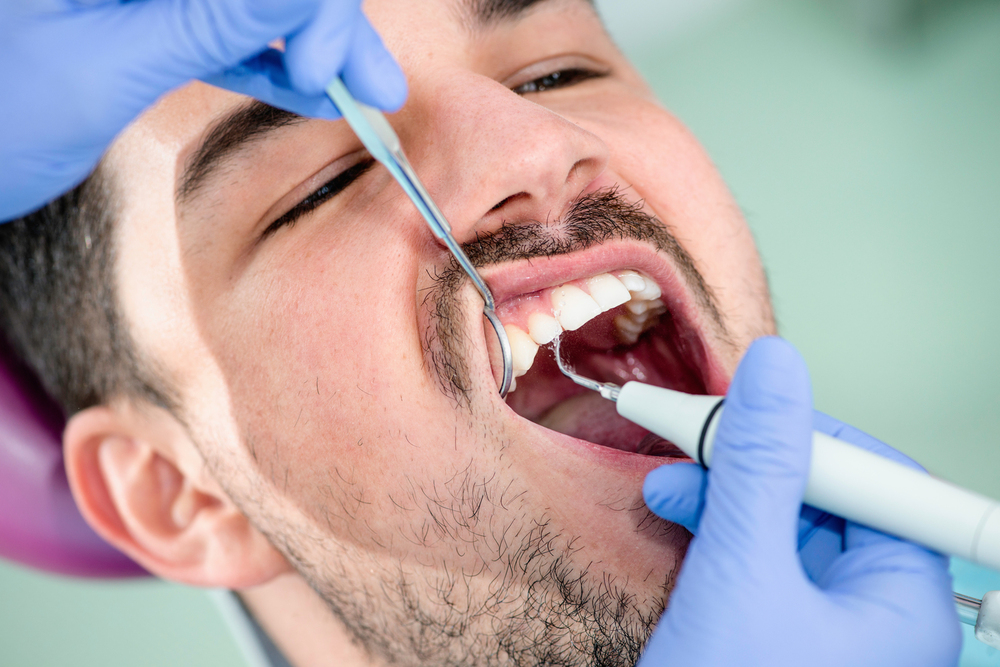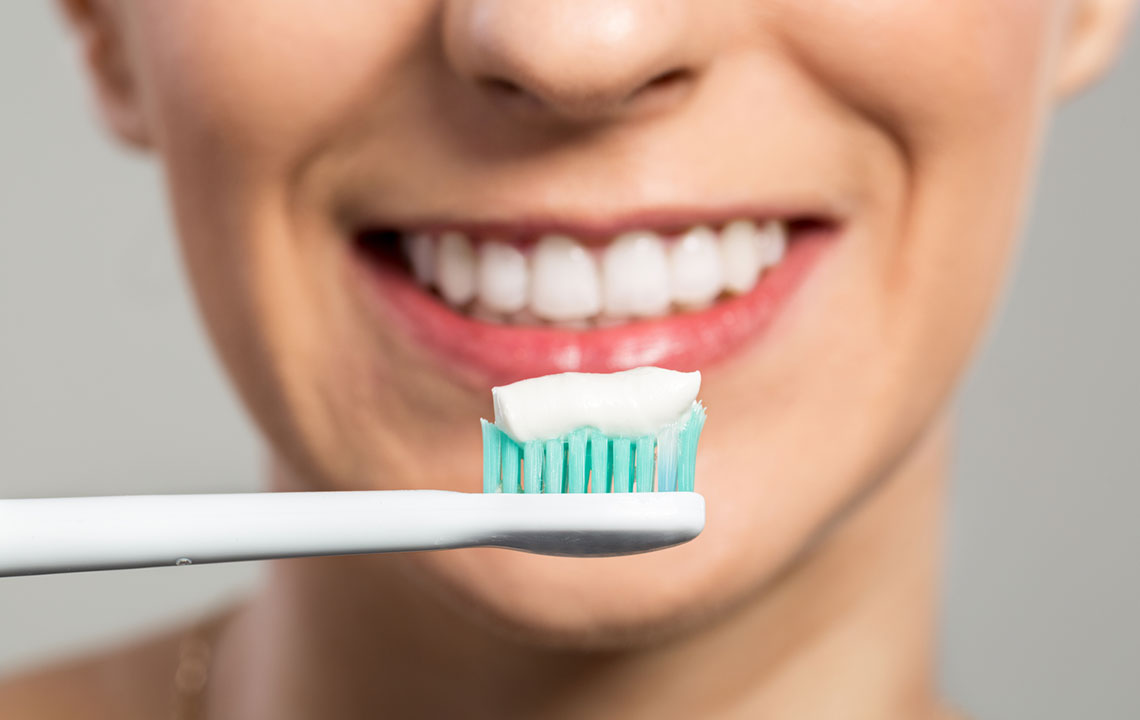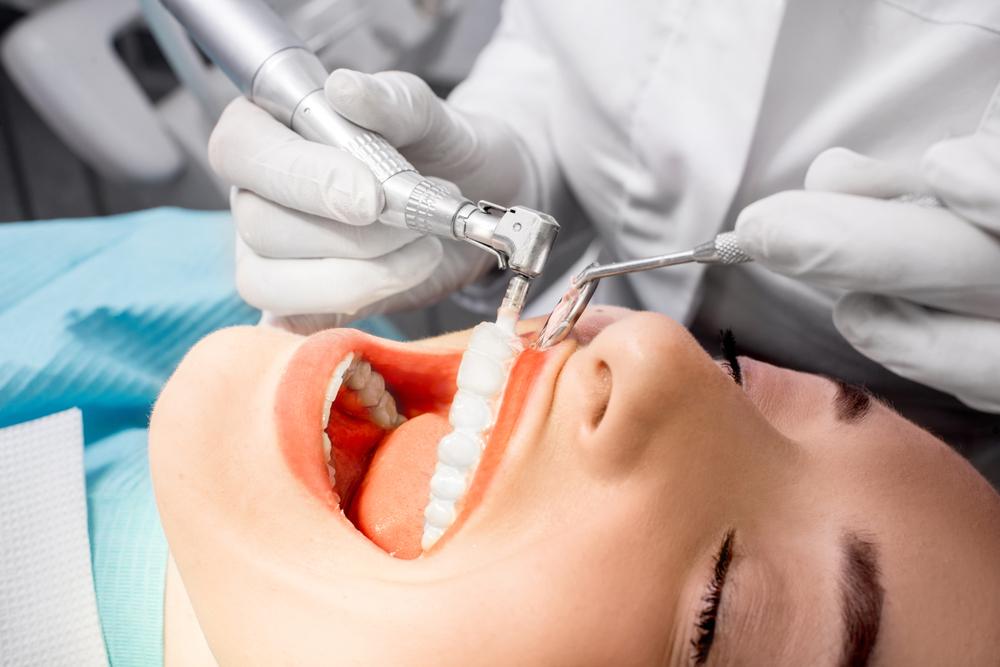Effective Strategies for Removing Dental Plaque and Tartar
Learn effective methods for removing dental plaque and tartar with professional and DIY approaches. Regular dental visits, proper oral hygiene, and natural remedies like oils, orange peel, and aloe vera help maintain oral health. Preventing plaque buildup reduces the risk of cavities and gum disease, ensuring healthier teeth and gums. This guide covers cleaning techniques, risks of plaque accumulation, prevention tips, and professional tartar removal procedures for a brighter smile.
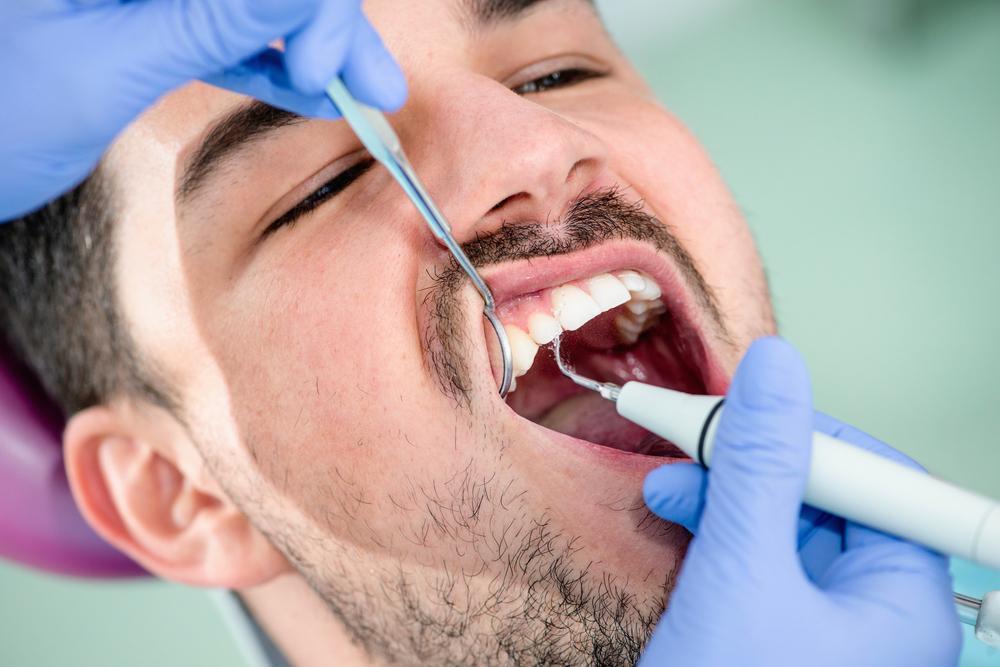
Strategies for Eliminating Dental Plaque and Tartar
Removing Dental Plaque and Tartar
Dental plaque is a sticky film composed of bacteria that gradually coats the teeth, leading to a dull or yellow appearance. Regular dental cleanings help remove plaque, revealing brighter, healthier teeth. Plaque tends to accumulate on both the tooth surfaces above and below the gum line. If neglected, it hardens into tartar, which can cause significant oral health issues. Consistent dental visits are crucial for effective plaque removal and preventing oral diseases.
Here's essential information about removing dental plaque.
What are the best methods for removing plaque?
Brush twice daily with a soft or electric toothbrush to keep teeth clean.
Use dental floss before brushing to dislodge food particles.
Oil pulling with coconut or olive oil for about twenty minutes can help reduce plaque, thanks to fatty acids like lauric acid that have antimicrobial properties.
Brush with activated charcoal, salt, or baking soda toothpaste to fight plaque and prevent recurrence.
Baking soda acts as a natural abrasive and cleanser, making it effective.
Apply orange peel on teeth for two minutes; its vitamin C fights bacteria while limonene dissolves plaque and tartar.
Rub aloe vera pulp on teeth twice daily; it offers antiseptic benefits and promotes gum healing due to natural antioxidants.
Risks of plaque accumulation
It produces acids that erode tooth enamel leading to cavities.
The bacteria release toxins that inflame gums, resulting in periodontal disease.
Over time, plaque mineralizes into tartar, creating a breeding ground for harmful bacteria.
Prevention tips for plaque build-up
Maintain good oral hygiene habits: brush twice daily and floss daily.
Visit the dentist regularly for professional cleanings and fluoride treatments.
Chewing sugar-free gum containing xylitol or sorbitol reduces plaque formation.
Eat a balanced diet low in added sugars, including fruits, lean proteins, and whole grains.
Use interdental brushes, dental picks, or mouthwash between meals to minimize bacteria.
Avoid smoking and tobacco use, which increase bacterial growth on teeth.
DIY plaque and tartar removal tips
Use plaque disclosing tablets to identify affected areas for targeted cleaning.
Floss thoroughly, then brush with a firm toothbrush before rinsing.
Use soft metal tools from home tartar removal kits cautiously to scrape tartar before brushing.
Recheck with disclosing tablets to monitor progress.
Dental procedures for tartar removal
Clinicians perform a comprehensive mouth assessment for other issues like gingivitis.
Scaling instruments are used around gums and between teeth to remove plaque and tartar.
Teeth are brushed with high-powered electric brushes and gritty toothpaste.
Professional flossing ensures removal of residual tartar buildup.
Rinsing with fluoride helps strengthen teeth, followed by fluoride applications for added protection.


